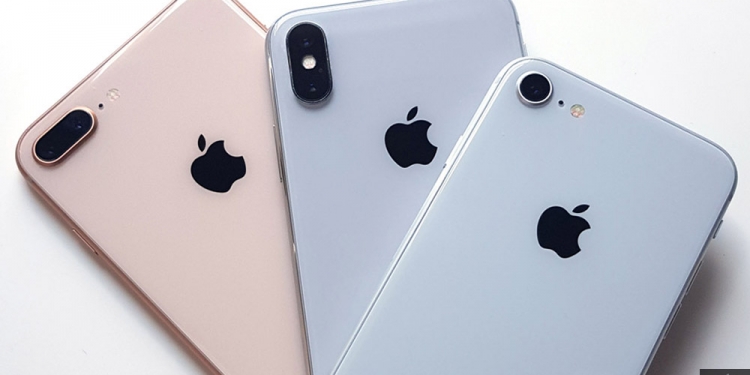
Sony might have possibly dropped this biggest clue that the next big thing to come to the iPhone could be long-range 3D imaging. Sony alluded to this while speaking to Bloomberg saying that the company will kick off mass production of its next-generation 3D imaging sensor soon after several clients have shown interest in the tech – one of which is Apple.
Along with the long-range 3D camera, the other persistent rumour about the next iPhone is that it will feature three rear cameras as opposed to two on the current generation.
Sony supplies half of the camera sensors used in mobile devices. Sony cameras are being used by Samsung, Google, Xiaomi and Apple. Sony expects its long-range 3D imaging sensor to be the next trend to get consumers excited to upgrade their mobile devices.
“Cameras revolutionized phones, and based on what I’ve seen, I have the same expectation for 3D,” said Satoshi Yoshihara, head of Sony’s sensor division. “The pace will vary by field, but we’re definitely going to see [the] adoption of 3D. I’m certain of it.”
Demand for mobile devices is seeing a marked slowdown as annual global shipments dipped 3% in 2018 and just 2.6% of growth expected in 2019, according to IDC.
The triple-camera array plus the new long-range 3D imaging sensor is expected improve mobile photography significantly and open more possibilities for new gaming, user interface, and augmented reality experiences. Apple is already using 3D imaging in its current iPhone X range of devices, Apple calls it the TrueDepth camera. The new 3D camera is expected to be better and more accurate than the existing tech.
Sony’s 3D imaging technology differs from the ‘structured light’ approach of existing chips which have limits in terms of accuracy and distance. Sony uses a method called ‘time of flight’ that sends out invisible laser pulses and measures how long they take to bounce back. This Sony claims, creates more detailed 3D models and works at distances of up to five meters.
Aside from faster focusing, improved depth-of-field effects and more accurate face mapping for security, the tech could be used for mobile games and augmented reality, which could involve creating virtual characters that interact with and navigate real-world environments. The new 3D camera could also allow the new iPhone to track hand gestures opening the possibility for hand gestures controls ala the Xbox Kinect.
The next iPhone is expected to make its debut in September of this year and in the face of consumers’ dwindling desire to upgrade their phones every year and the pressure to return better and better growth, this could very well be the most important iPhone Apple has ever produced.
Related reading:
[via]








